Figures & data
Table 1 Demographic characteristics of physicians by country
Figure 1 (A) Physician beliefs about the existence of coexistent asthma-AR. (B) Physician beliefs about the importance of treating coexistent asthma-AR.
Abbreviation: AR, allergic rhinitis.
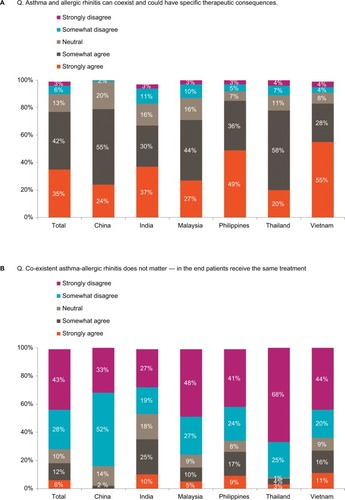
Figure 2 Impact of coexistent asthma-AR on (A) sleep and (B) daily activities.
Abbreviation: AR, allergic rhinitis.
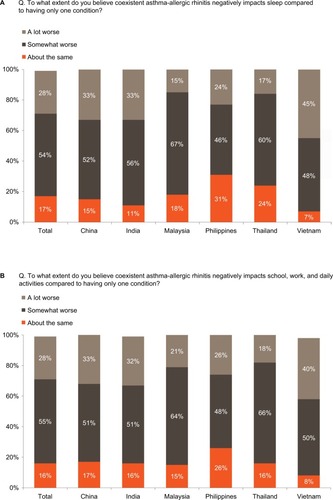
Figure 3 Relative impact of asthma, AR, and coexistent asthma-AR on healthcare resource use: (A) frequent unplanned clinic or emergency room visits and (B) hospitalizations for an uncontrolled disease.
Abbreviations: AR, allergic rhinitis; ER, emergency room.
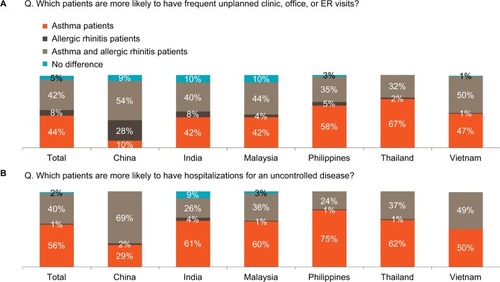
Figure 4 Management of coexistent asthma-AR.
Abbreviations: AR, allergic rhinitis; ENT, ear-nose-throat specialist.
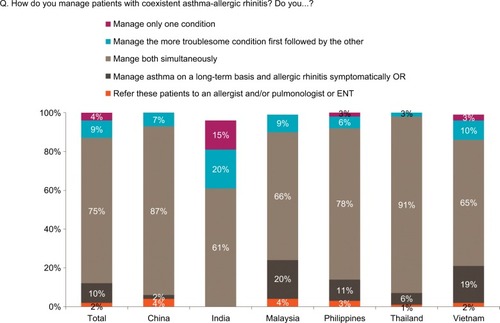
Table 2 Preferred treatment for coexistent asthma-AR
Figure 5 Physician beliefs about patients’ treatment preferences.
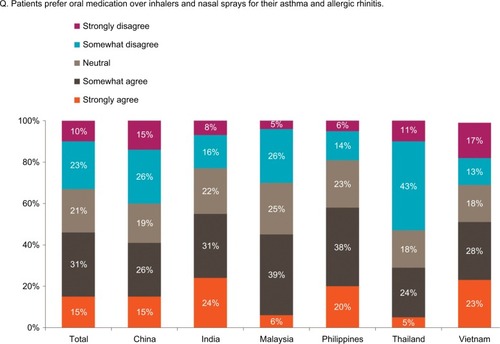
Table 3 Factors influencing treatment choice
Table S1 Criteria to assess AR symptoms among asthma patients and asthma symptoms among AR patients
Table S2 Most common criteria used to assess asthma control in asthma patients with AR (open-ended question)
Table S3 Most common criteria used to assess asthma control in asthma patients (open-ended question)
